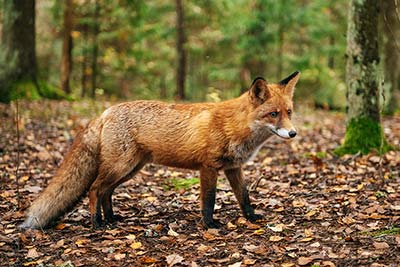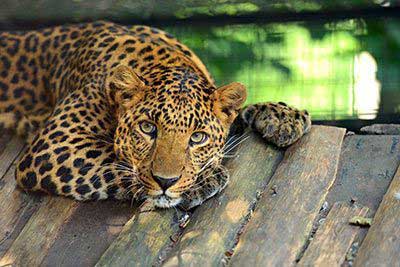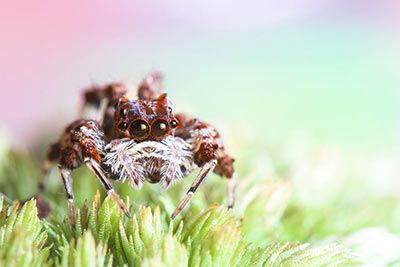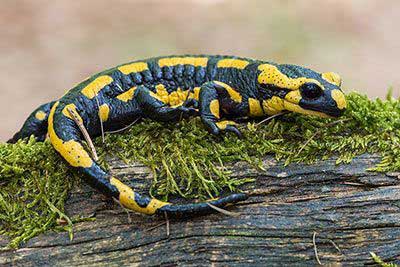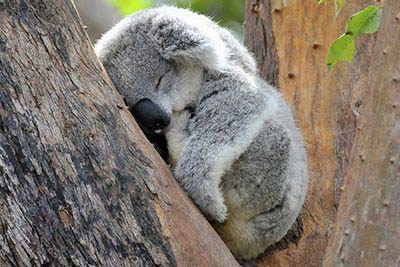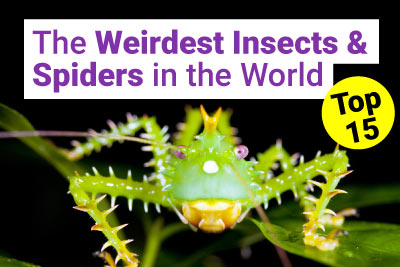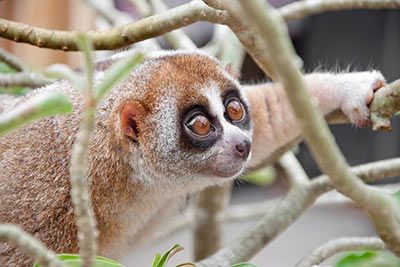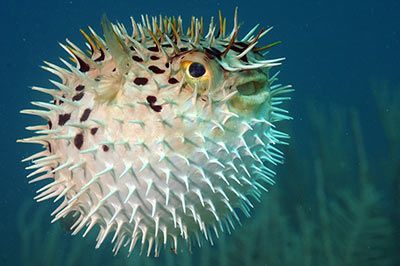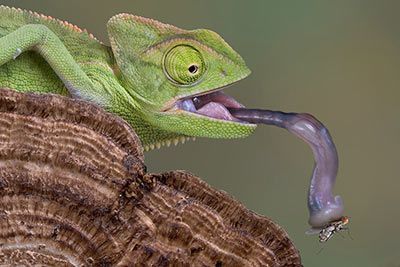10 Animals That Change Their Color
This article explains why animals change their color and how they do it!
Animals are true artists when it comes to changing their color. But how does it work and what is it for? When we get excited or feel embarrassed, our faces go red. When we’re ill, we often look pale. But can we change the color of our skin whenever we like and walk about looking like the Simpsons? Can we disguise ourselves by looking like a concrete wall? Or create funny blue patches on our skin in no time at all? Animals can!
Why Do Animals Change Their Color?
If you don’t have any “tools” to defend yourself, there’s no other option but to hide. Lots of predators have very good eyesight. Some animals have developed unique skills to hide themselves: they change their color to match their surroundings. Some only need a couple of seconds, while others need a few hours or days.
How Do Animals Change Their Color?
The key is: “color cells”. Or chromatophores if you want to use the proper scientific term. These cells are found in the animals’ skin or organs. We don’t want to get too complicated but there are a couple of terms you’ll need to know:
- Xanthophores and erythrophores: responsible for yellow and red colors
- Guanophores: contain crystals that reflect light; they look white and silvery
- Melanocytes: cells that look red-brown to black
These animals can use their muscles to make these cells bigger or smaller. Colors are “mixed” in the skin. Crazy, right?
Check Out 10 Animals That Can Change Color 
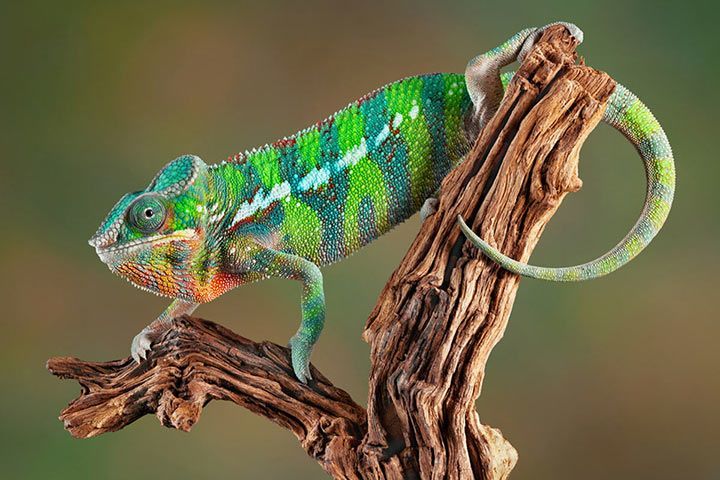 Chameleon - Photo: Cathy Keifer/Shutterstock
Chameleon - Photo: Cathy Keifer/Shutterstock
- Table of Contents:
- 0. Introduction
- 1. Chameleon, Octopus, Plaice
- 2. Mantis Shrimp, Bignose Unicorn Fish, Mosquitofish, Frogfish
- 3. Crab Spider, Egyptian Vulture, Ribbon Eel

